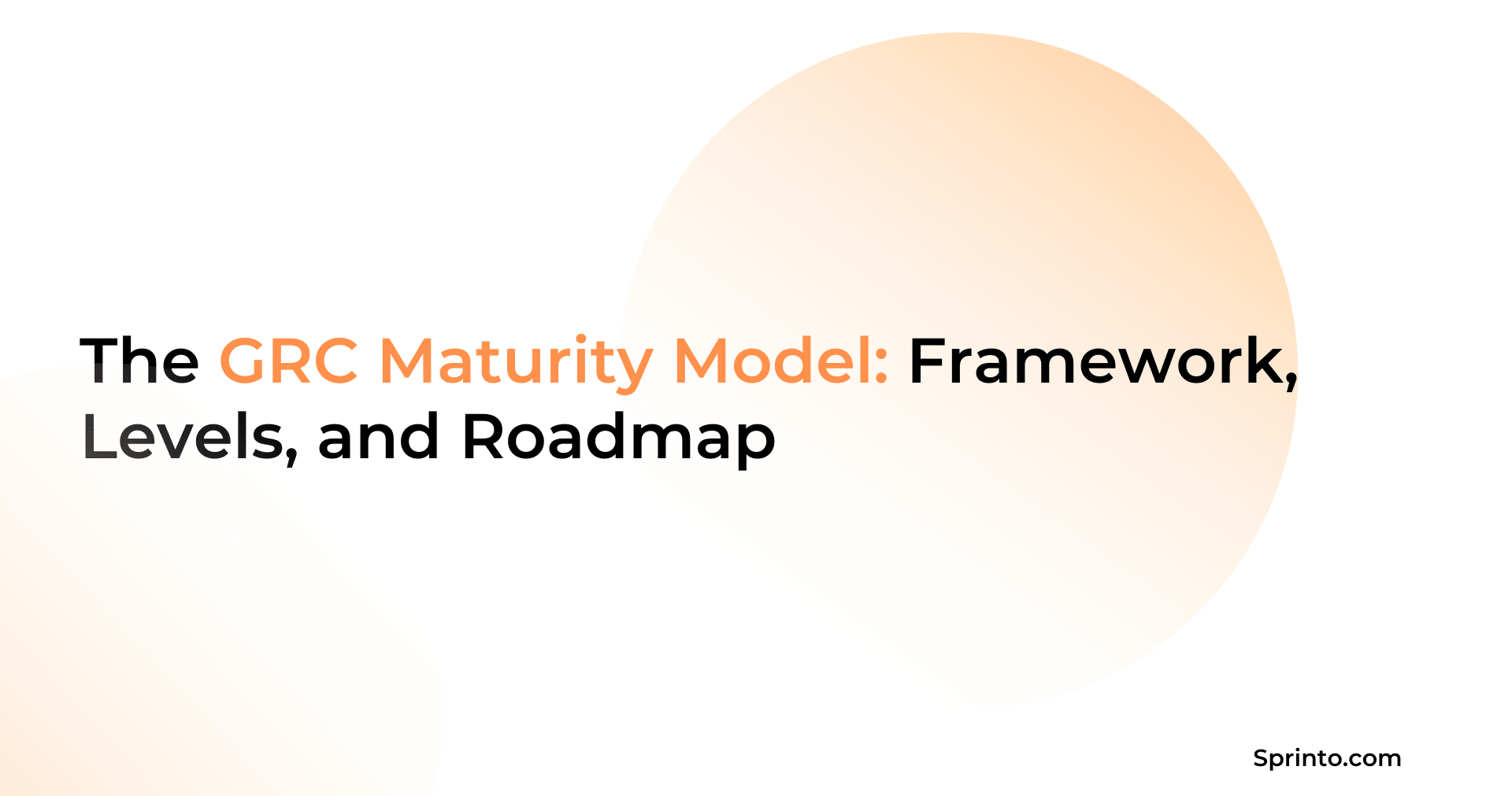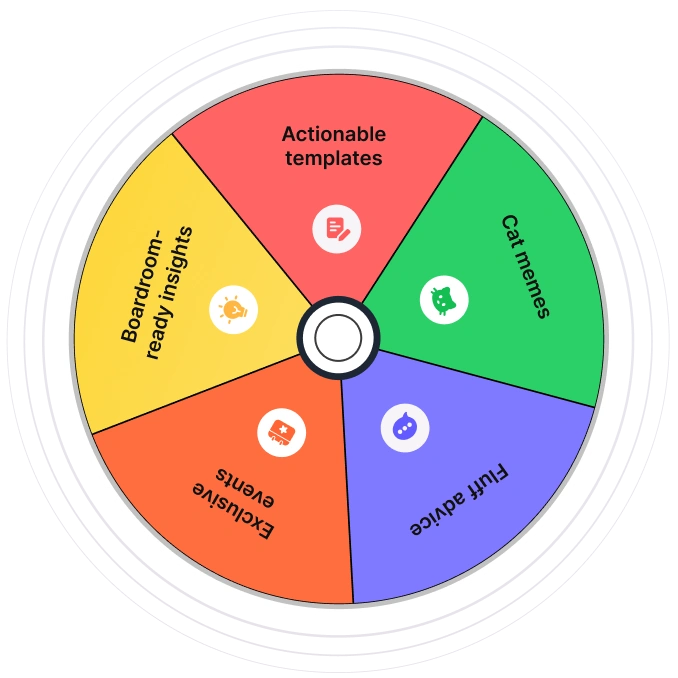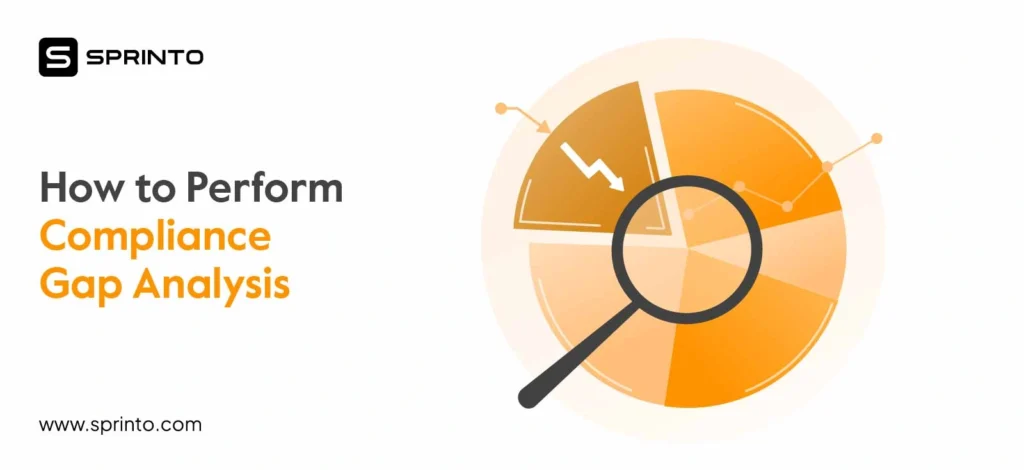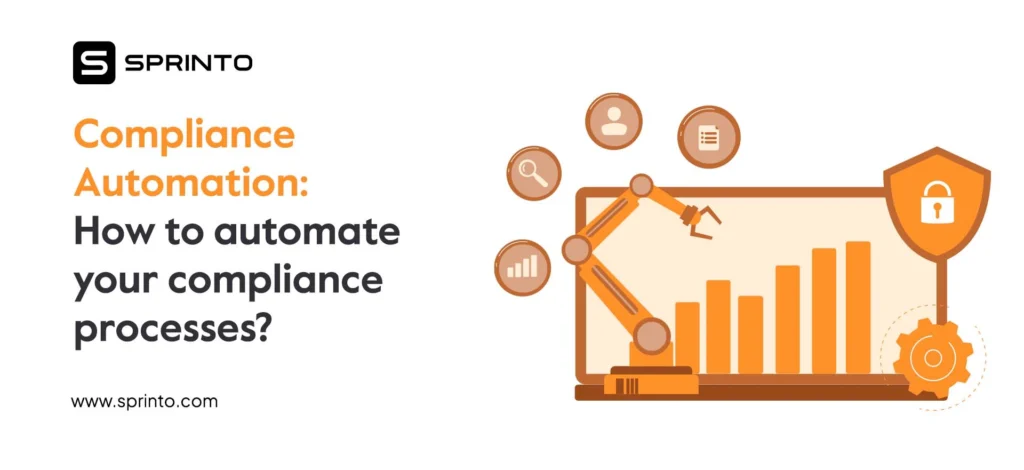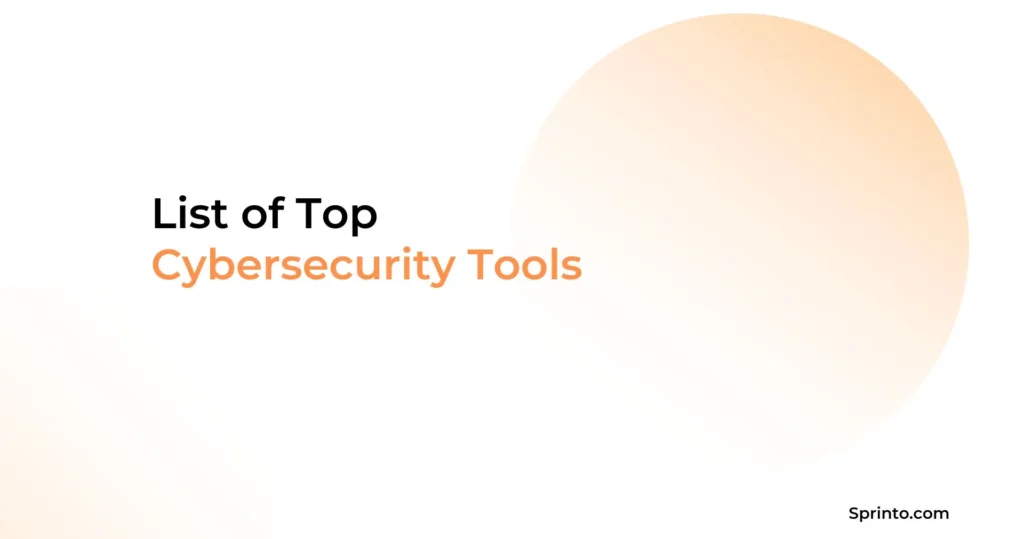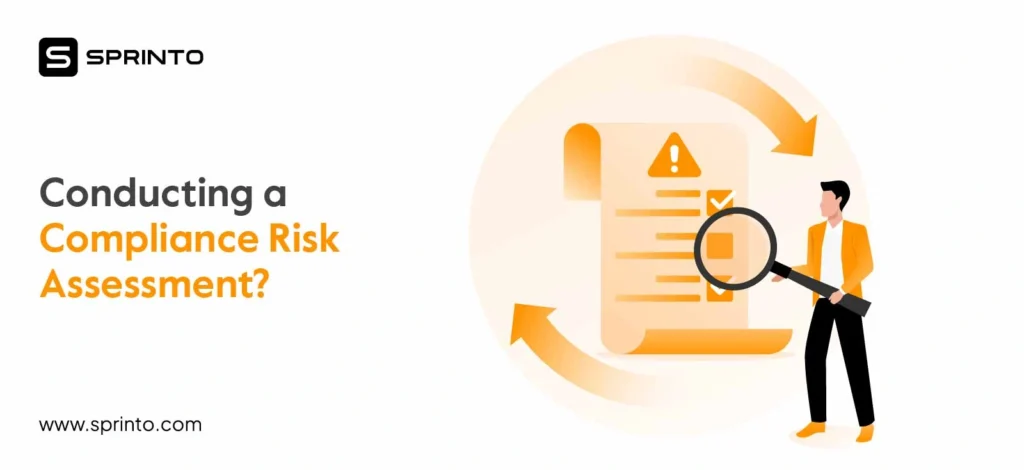Governance, risk, and compliance (GRC) programs often grow in sections. One team manages audits, another tracks risks, and others own policies. The result? Inefficiencies and gaps that show up right when you can least afford them.
That’s where a GRC maturity model comes in. It gives organizations a clear way to measure the maturity of their GRC practices and how to improve them.
Read on to learn what a GTC maturity model is, why it matters, the levels to know, and practical steps to move up the ladder.
TL;DR
- A GRC maturity model is a roadmap to see how well governance, risk, and compliance are built into your business and where you can improve.
- There are five GRC maturity levels: initial, developing, defined, managed, and optimized.
- To move up the ladder, assess your level, spot the gaps, fix them with clear projects, and track progress.
What Is the GRC Maturity Model?
The GRC maturity model is a structured way for organizations to measure how effectively GRC practices are built into business operations. It does not rely on assumptions. Instead, it provides a clear benchmark to assess your capabilities and identify the steps needed to improve.
Unlike a framework, which sets strict requirements, a maturity model serves as a roadmap. It outlines different stages of progress and helps you prioritize improvements in a practical, measurable way.
Why Is GRC Maturity Critical for an Organisation’s Security and Compliance?
Building GRC maturity directly strengthens both security and compliance. There are several reasons why it’s critical:
- Proactive risk management: Mature GRC programs help you identify risks early, assess their impact, and address them before they become incidents.
- Sustained compliance: Well-defined processes ensure regulatory requirements are met consistently, reducing the risk of fines, penalties, or audit failures.
- Stronger security by design: Policies are not just paperwork. They’re built into daily operations, closing gaps that may lead to breaches.
- Less wasted effort: Risk, legal, and security teams stop working in silos, cutting out duplication and confusion.
- Better auditing: Continuous monitoring and clear records make audits faster, cleaner, and less stressful for everyone involved.
- Resilience and trust: A mature program builds confidence with customers, partners, and regulators. It proves that your organization can manage risk in a structured, transparent way.
Levels of GRC Maturity
Most GRC models define five levels of maturity that organizations can use to track progress:
- Initial (Ad hoc)
- Developing (Basic)
- Defined (Established)
- Managed (Advanced)
- Optimized (Leading)
When you know where you stand, you can focus on the areas that need the most attention, whether that’s risk assessments, compliance operations, reporting, or other areas.
Level 1: Initial (Ad hoc)
GRC activity is happening in isolated pockets. An IT team runs security audits, finance manages controls, and legal tracks contracts. But none of it connects.
Processes are reactive, documentation is patchy, and risk management depends on individuals rather than a unified structure.
Level 2: Developing (Basic)
Executive sponsorship begins to take shape. Different functions start connecting with each other, sharing policies and risk data.
Early committees or working groups may form, and organizations begin documenting and cataloguing processes, tools, and taxonomies to reduce overlap.
Level 3: Defined (Established)
GRC becomes coordinated across functions. There is one view of risk and compliance, standardized processes, and stronger reporting.
Usually, a project management office or steering group is set up to oversee initiatives, and detailed metrics guide decisions. Technology starts to integrate rather than operate in silos.
Level 4: Managed (Advanced)
GRC processes are embedded in day-to-day operations. Taxonomies and common language are widely adopted, and better reporting and risk prioritization exist.
There is also a strong compliance culture backed by training and awareness programs. Technology is formalized into a managed infrastructure with change management and governance.
Level 5: Optimized (Leading)
GRC is fully aligned with strategy and delivers measurable business value. Risk and compliance are no longer considered cost centers but competitive advantages.
Organizations benchmark themselves against peers, invest in continuous improvement, and often establish a “GRC Center of Excellence” to sustain leadership.
Key takeaway: Every organization sits somewhere on this spectrum. Moving up the levels is less about perfection and more about building deliberate, sustainable improvements over time.
How to Assess Your GRC Maturity
To assess your GRC maturity, assemble a team and determine your metrics. The following steps involve gathering evidence, asking pointed questions, and mapping your findings to maturity levels.
1. Assemble a team
Start by forming a group that spans the functions most involved in GRC. At a minimum, this should include leads from risk, security, compliance, and legal, plus one representative from a core business unit. Once a team is assembled, assign a clear owner or head to oversee the exercise.
If your organization has a compliance operations or automation team (those responsible for evidence collection and workflow tools), include them, too.
2. Determine your metrics
Don’t try to look at everything at once. Choose a handful of core areas that can be assessed consistently over time. This can include:
- Governance (roles and accountability)
- Risk (how risks are identified, assessed, and treated)
- Compliance (policies, audits, and obligations)
- Operations and automation (workflow, monitoring, and evidence collection)
- Reporting (metrics and dashboards)
- Culture/training (how employees are engaged)
Write down these metrics to ensure your assessment remains structured.
3. Gather strong evidence
Pull together documentation to show how your program really works. This can include audit reports, risk registers, training records, issue logs, a policy library, or your inventory of GRC tools and integrations.
A helpful rule of thumb: if it is not documented or evidenced, treat it as if it doesn’t exist. If you can’t prove, such processes cannot be trusted or audited.
4. Ask pointed questions
To understand your maturity, ask targeted questions about how your processes operate. Some examples include:
- Governance: Do executives receive regular reporting on risks and controls?
- Risk: Do risks have documented owners and closure deadlines?
- Compliance: Are policy exceptions tracked and approved with expiry dates?
- Reporting: Do you have a consolidated dashboard for risks, issues, and audits?
- Culture: Are employees trained on role-specific compliance requirements each year?
5. Map your findings to maturity levels
Next, compare your answers against the five levels of the model to see where your organization fits.
If most of your answers fall into levels 1 or 2, that’s your maturity level (even if one or two areas look more advanced). In maturity assessments, the weakest area sets the baseline.
6. Reassess regularly
Run the same assessment every quarter or half-year using the same questions. Track metrics such as time-to-close audit issues, percentage of controls tested automatically, or the number of repeat findings.
Measure progress not by perfection, but by consistent movement from one stage to the next.
A Step-By-Step Guide to Improving Your GRC Maturity
The first step to improving your GRC maturity is defining your objectives. Next, identify gaps, prioritize improvements, and implement targeted fixes.
1. Define objectives and scope
Once you’ve conducted a maturity assessment, decide what you want your GRC program to achieve.
Is this shortened audit timelines or improved third-party risk oversight? Whatever your goals, keep scope targeted. Focus on functions where gaps carry the most risk, such as IT, vendor management, or finance.
2. Identify gaps with evidence
Compare your current state against the next level of maturity. Look for missing or weak elements such as an obligations register, automated evidence collection, or documented risk appetite.
For example, if policy exceptions are tracked in emails with no expiry, that’s a gap blocking level 3.
3. Prioritize improvements
Not every gap is equally urgent. Rank your improvements by business impact and feasibility. For example:
- Critical: Missing regulatory coverage, no defined risk appetite, or duplicate control libraries.
- Medium: Manual workflows that slow audits; siloed awareness training.
- Lower: Lack of advanced analytics or benchmarking.
Focus first on the criticals. These usually carry the most compliance and security risk.
4. Implemented targeted fixes
Once you’ve identified your gaps, don’t leave them as vague goals like “improve compliance.” Turn them into concrete projects with clear ownership, timelines, and measurable results.
For example, if your goal is automating evidence, use a tool that automatically saves logs and screenshots as they happen, so your team isn’t scrambling to dig them up right before an audit.
The key here is to treat each improvement as a project with a named owner, a deadline, and success metrics. That way, you can track progress and prove when the fix is complete.
5. Measure and repeat
Improving GRC maturity is not one-and-done. After fixes are implemented, you need to track whether they’re working and reassess regularly. Use clear performance indicators, such as:
- What percentage of your critical controls are tested automatically?
- How long does it take to close audit findings?
- How many repeat findings or policy exceptions occur each quarter?
- What percentage of staff completed mandatory training on time?
Re-run the same maturity assessment every 6-12 months. Using the same checklist allows you to see measurable movement. This cycle, fix, measure, reassess, is what drives steady progress.
Assess and Improve Your GRC Maturity With Sprinto
Pinpointing your maturity level is useful, but the real impact comes from knowing exactly how to advance. That’s where Sprinto’s GRC Springboard gives you an edge. No matter your maturity level, Sprinto provides tailored guidance and automation to help you:
- Self-assess your program against standardized benchmarks.
- Identify gaps and priorities with actionable insights tailored to your environment.
- Enhance communication by showing stakeholders where you stand and how you’re improving.
- Automate evidence collection, manage multiple frameworks, and streamline reporting.
- Move to board-level reporting, proactive risk ownership, and long-term resilience.
Frequently Asked Questions
1. What questions should I ask in a GRC maturity assessment?
Start with the basics. Ask who owns GRC, how risks are identified, whether obligations are tracked in one place, and if controls are tested with evidence.
2. What tools help automate compliance monitoring for better GRC maturity?
Use GRC platforms that connect to your systems, collect evidence automatically, and give real-time dashboards. Sprinto is an excellent example.
3. How can I build a roadmap to reach level 5 GRC maturity?
Take it step by step. Start with clear policies and owners, then unify obligations and processes. Automate evidence and reporting, make teams own their risks, and keep improving through regular reviews.
Sriya
Sriya is a strategic content marketer with 5+ years of experience in B2B SaaS, helping early- and growth-stage companies build and scale content engines from scratch. She specializes in long-form storytelling, thought leadership, and content systems that grow traffic and drive pipeline. Passionate about solving messy, early-stage challenges, she loves figuring out what to build, how to say it, and who it’s for.
Explore more
research & insights curated to help you earn a seat at the table.


